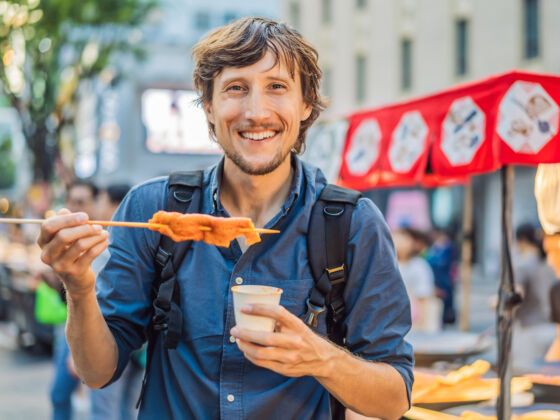There’s no doubt I’ve become a better traveler since my first bag of beetles.
When I found myself on the patio of a quaint guesthouse in Siem Reap sitting at a table with a bag full of hundreds of fried black bugs in front of me, I watched the two receptionists and their friends sitting next to me pop the crispy insects into their mouths, smacking their lips and savoring every crunch. I slowly picked one beetle and sat for several minutes tracing it’s outline while watching the locals carefully peel off the wings. When I finally gave in, to my surprise, it was delicious. I only stopped after a woman to my left told me I’d eaten too many. “You’re a real Khmer,” she joked as she poured me another beer and her friends cheered in delight.
